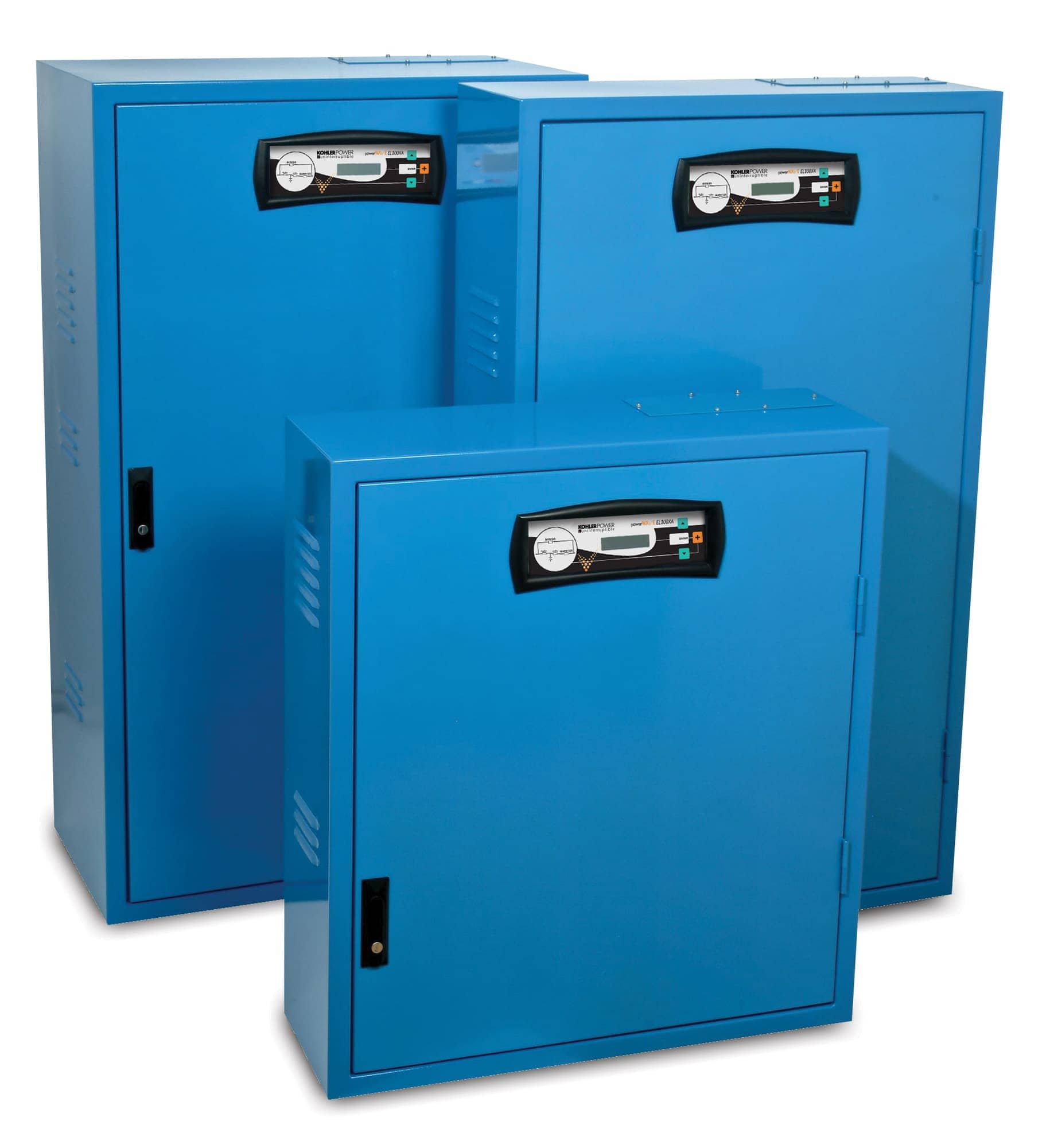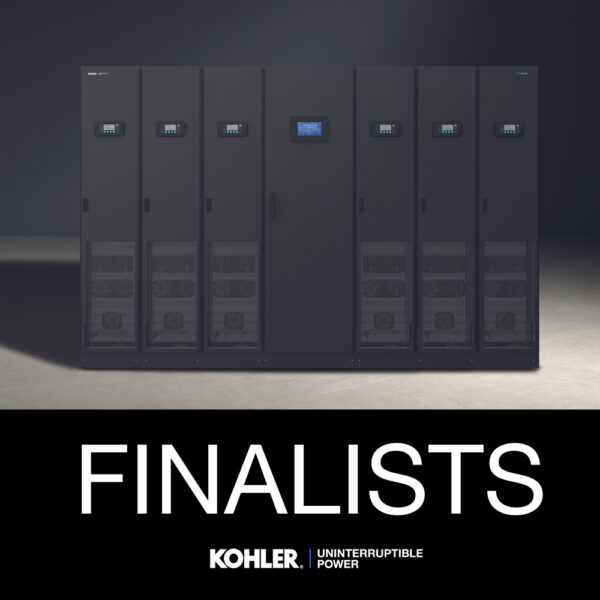Emergency lighting is an essential safety requirement for any building. Well-designed, correctly specified and properly maintained battery backup systems can ensure that the lights come on when they need to. In healthcare environments, the requirement for emergency lighting becomes even more critical.
In some circumstances, the presence of emergency lights that operate reliably when called upon, and provide sufficient illumination along all escape routes, may make the difference between safe evacuation and panic, injury or possibly even death. Accordingly, emergency lighting is an essential part of any building services installation, and subject to extensive British and European legislation.
The Department of Health’s HTM 06-01 document advises on healthcare electrical services, including emergency lighting. The document states that emergency lighting – escape, safety and standby – should be designed to BS 5266-1 and BS EN 1838.
Escape and safety lighting can be powered by central battery inverter units. Operating theatres, which are risk grade A, must have independent battery inverters for the operating theatre lamp(s) and satellite lamps.
Emergency lighting, by definition, depends on a continuously-charged battery backup power source. The lighting can detect a mains power failure and switch to battery backup automatically and immediately. The battery power source must be well-designed, well-maintained, always fully-charged and ready for use, compliant to EN 50171 central system standard and very highly reliable.
Compliant Emergency Lighting Webinar
In partnership with CIBSE Journal, we have developed a webinar which looks at “Compliant Emergency Lighting”. The webinar which can be downloaded here includes practical insights to application of BS 5266-1 safety legislation and the associated standards for luminaires and centrally powered systems. The webinar also covers likely trends for standards moving forward and how to approach the risk assessment needed to ensure design and installation is fit for purpose, concluding with free access to auditable forms to support engineers in this process.
Details are given of guidance now provided in BS 5266-1. These standards assist engineers to produce appropriate systems that can demonstrate compliance covering emergency lighting. The government’s need for a risk assessment needs careful consideration to ensure the design and installation are fit for purpose.
This webinar demonstrates the importance of being compliant, outlines the relevant legislation and the way it is applied, and explain the requirements of luminaire product standards.
KUP’s KOHLER EL static inverter series can fulfil these central power requirements while meeting European BS EN50171 specifications. The range includes single-phase solutions and the three-phase EL300DSP series.
Products include independently performance-validated types BSI Kitemarked to BS EN 50171:2001 and BS EN-50272-2:2001. Modular units that offer the same scalability benefits as modular UPSs are also available.
Conclusion
Emergency Lighting is a legal requirement that needs to be carefully mapped with a suitable fire safety risk assessment. Under ideal circumstances, a building’s emergency lighting will never be needed. However, healthcare facilities managers cannot control the quality or availability of their site’s incoming utility power, so a battery system that delivers effective emergency lighting without interruption if the mains does fail is essential. This protects the building’s occupants from harm, allows orderly shutdown of dangerous equipment, and ensures compliance with building and equipment safety regulations.





